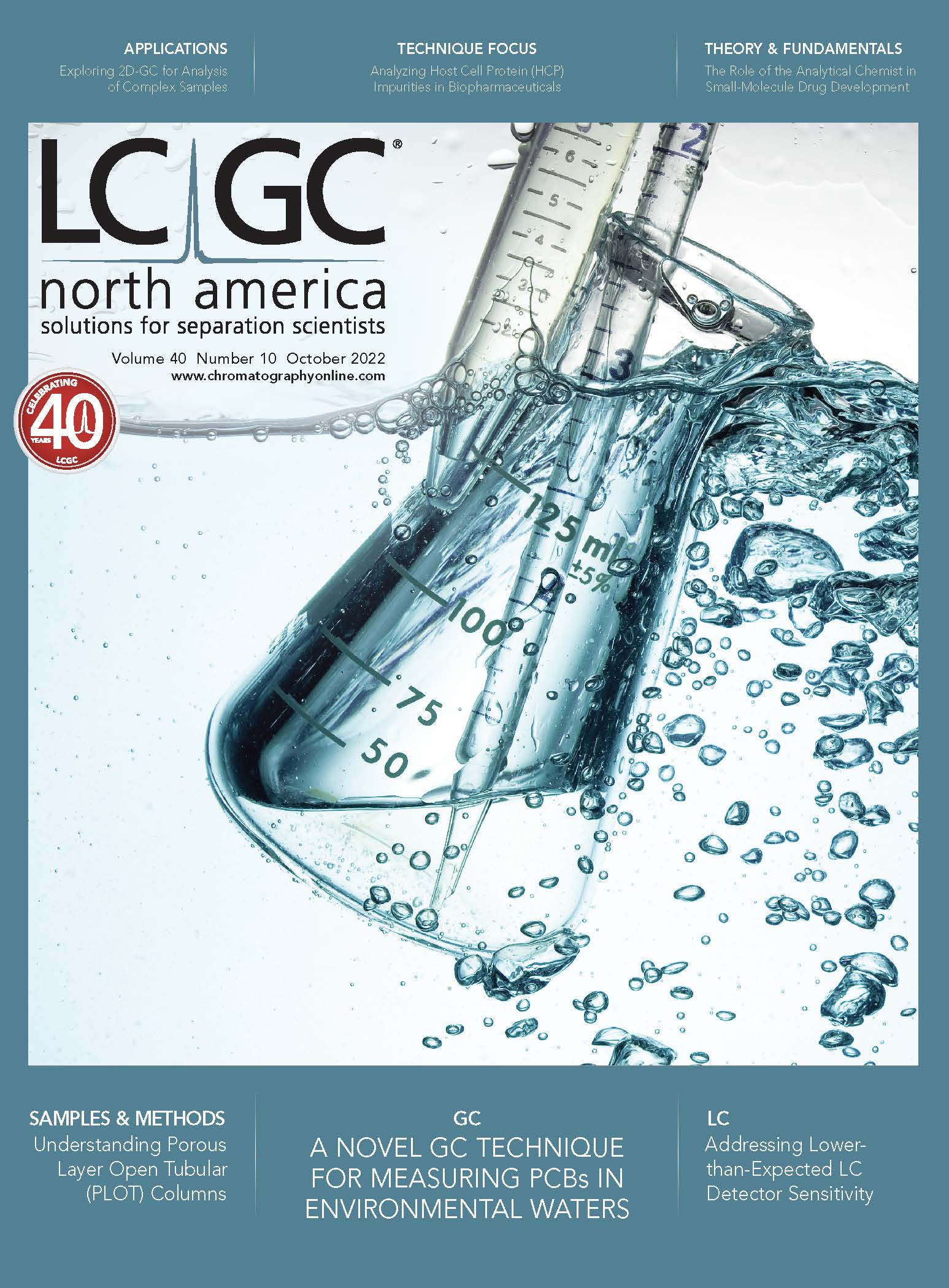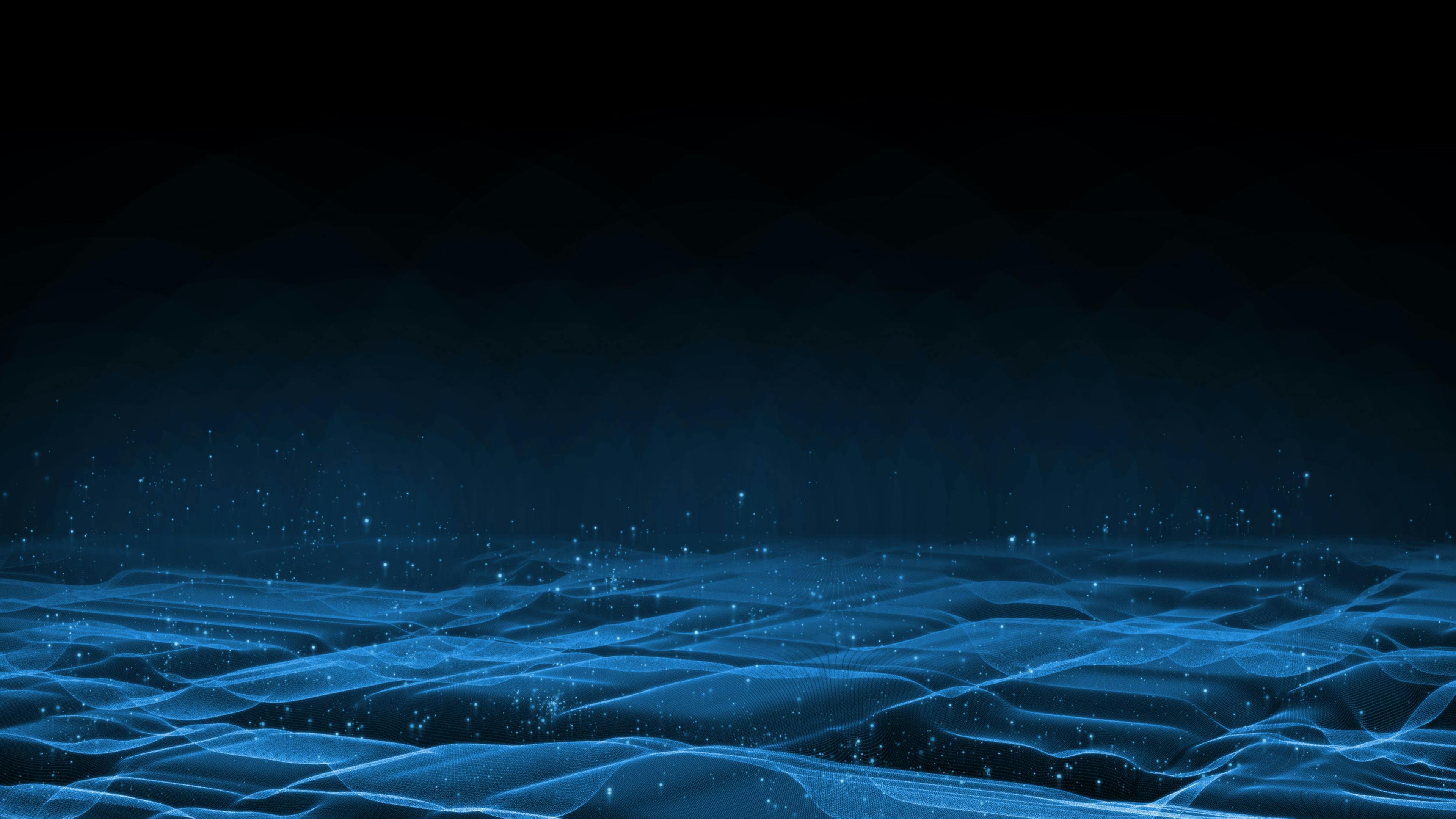The Return of the HPLC Conference – A Viewpoints Column
The past two years have completely changed our world. One of the biggest impacts on the scientific community has been the move to virtual conferences, which has transformed the way that researchers present their work and companies make connections with potential new customers. Over the past few months, a shift back to in-person meetings has started, with three major analytical chemistry gatherings being held in early summer 2022: the ASMS, HPLC, and Analytica conferences. I was able to make my way to San Diego for the 50th meeting of the HPLC conference series, and wanted to share some of my experiences to add to a recent summary of the event by Michael Dong (http://tinyurl.com/donghplc2022) and a synopsis of the scientific content at the meeting by Dave Bell in the LCGC “Column Watch” column (http://tinyurl.com/bellhplc2022). As a member of the organizing committee who collaborated closely with conference chair Frantisek (Frank) Svec over the past several months, it was great seeing all that planning finally come to fruition. Specific to this publication, it was also my first time to participate in a meeting of the LCGC Editorial Board as one of its newest members!
Many of the conference attendees who hadn’t already arrived to participate in one of many short courses trickled into the conference hotel throughout the Saturday that preceded the meeting. Although there had been some regional meetings over the past several months, this was the first time that liquid chromatographers from around the world were seeing each other since March 2020 at Pittcon, so there were colleagues catching up nearly everywhere you looked. That afternoon was my first time at the conference gathering, with several people on one of the many patio seating areas found around the hotel grounds, an activity that was repeated nearly every evening that followed. Throughout the week, these casual social events ended up being a great time after the conference events were over to catch-up with friends I’ve known for years, as well as meet a lot of new people in the field. The last conference I attended with a similar vibe was the 2013 ISCC meeting in Palm Springs—perhaps a common thread in chromatography meetings organized by Frank Svec held in southern California?
My key responsibility throughout the week was assisting with the coordination of the student volunteer team. This year, we had nearly 40 volunteers who were essential to the successful operation of the meeting. I was impressed with these students as soon as I met them, based on their record-setting time in preparing the conference souvenir bags! Their contributions to the registration desk and management of A/V equipment throughout the weekend was invaluable, and I heartily thank all those who helped. Many of these young scientists also gave outstanding oral and poster presentations. I was a jury member for this year’s Csaba Horváth Young Scientist Award, and attended 10 exceptional talks from the next generation of separation scientists. The winner of this year’s award was Brady Anderson, from the University of Michigan, who gave an outstanding lecture on the development and use of ultrahigh pressure capillary columns for hydrophilic interaction liquid chromatography (HILIC) separations. HPLC 2022 was also personally notable to me as the meeting where my first doctoral student (Samuel Foster) gave his first major conference presentation—definitely a moment that makes me feel a bit older!
As this brief article is more focused on a general overview of the meeting, I won’t go into too many specific details on the scientific program. However, I would be remiss to not mention the large increase in talks on oligo- nucleotide and mRNA analysis compared to previous meetings. This is a hot area based on recent advances in the pharmaceutical industry, and may be one of the biggest ways that liquid chromatographers have an impact on the world over the next few years.
The exposition floor was filled with dozens of vendors, including major corporations who have been presenting for years, as well as a few companies who were attending the meeting for the first time. Based on my personal research interests, I was most enthusiastic about the new compact, capillary-scale instruments displayed by multiple companies as well as benchtop capillary liquid chromatography (LC) instruments found in the booths of larger instrument vendors. I continue to be optimistic about the increased adoption of low-flow LC systems in analytical laboratories, greatly reducing the environmental impact of our work while still maintaining the performance needed to conduct high-quality chemical analysis.
As the meeting came to a close, the chairs of the next two meetings in the HPLC conference series presented scientific lectures that included invitations to attend the symposia: Michael Lämmerhofer for HPLC 2023 in Düsseldorf and Susan Olesik for HPLC 2024 in Denver. Based on my experience at HPLC 2022, and that of many other attendees that I spoke with, I know that the separation science community is already excited for these opportunities to gather once again.
James Grinias is an associate professor in the Department of Chemistry & Biochemistry at Rowan University in Glassboro, NJ. Direct correspondence to: grinias@rowan.edu


University of Tasmania Researchers Explore Haloacetic Acid Determiniation in Water with capLC–MS
April 29th 2025Haloacetic acid detection has become important when analyzing drinking and swimming pool water. University of Tasmania researchers have begun applying capillary liquid chromatography as a means of detecting these substances.
Prioritizing Non-Target Screening in LC–HRMS Environmental Sample Analysis
April 28th 2025When analyzing samples using liquid chromatography–high-resolution mass spectrometry, there are various ways the processes can be improved. Researchers created new methods for prioritizing these strategies.

.png&w=3840&q=75)

.png&w=3840&q=75)



.png&w=3840&q=75)



.png&w=3840&q=75)













